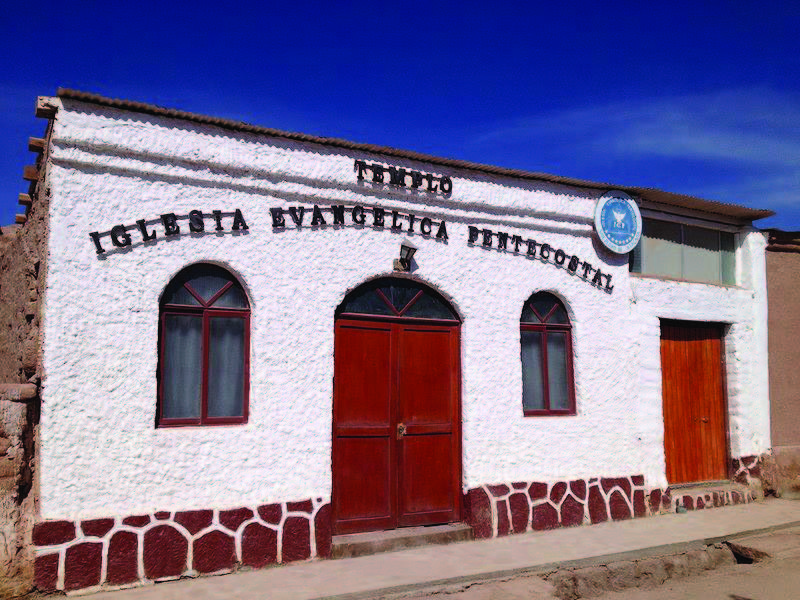
From a stigmatized religion of marginal sectors in Chilean society (where it first appeared in the early 20th century), Pentecostalism is getting redefined as a more legitimate religion by a new generation of Pentecostals, writes Martin Lindhardt (University of Southern Denmark) in Religion (October). His research is based on a total of 19 months of fieldwork in Chile between 1999 and 2019. Making up to 80 to 90 percent of Chilean Protestants, Pentecostals had for a long time embraced the stigma of being “poor but spiritually rich,” and maintained an insular, countercultural stance against “the world.” In recent decades, however, as more Pentecostals have gotten access to higher education and received degrees, there have been intensified attempts to present Pentecostalism as a respectable player in the religious field. There is clearly both an educational and a generational dimension. The oppositional stance is not entirely abandoned (as reflected in the persistent criticism of the moral state of Chilean society), but Pentecostals are becoming more churchlike in the sociological meaning of the word. This also leads to a sense that they should have an influence in the world. Still, while Chilean Pentecostals have mostly abandoned apolitical postures, their political mobilization has remained limited. But they do raise their voices on moral issues.
Lindhardt also describes these developments as linked to efforts since the 1990s by evangelical umbrella organizations to attain a legal status on par with Catholicism (a law of religious equality was passed in 1999). At the same time, internally, there are efforts to make Pentecostal practices. “more compatible with middle-class sensibilities and less prone to stigmatization.” But Lindhardt observes differences across Pentecostal denominations since some continue to stick to rules about clothing, hairstyle, and cosmetics for women (and may not have joined umbrella organizations). Many churches have now abandoned street preaching, which used to be associated with Pentecostals and drew ridicule. Other channels of evangelization are explored. A number of Chilean Pentecostals also now tend to privatize emotions and to emphasize the sermons rather than such physical manifestations as glossolalia or trances—not unlike the preferences of middle-class Pentecostals observed by researchers in other countries for a more quiet form of worship. This has not prevented liveliness per se, but has resulted in new forms among young people, such as services reminiscent of rock concerts, with high-quality music and actually blending with secular styles (not something that all older members like). Yet the attempts to redefine Pentecostalism as less countercultural have also led to division across and within denominations. And Lindhardt also notes that diversification has occurred at a point where the growth of Pentecostalism may have reached a saturation point, leading Pentecostals to compete increasingly among themselves.
(Religion, https://www.tandfonline.com/toc/rrel20/current)

Pentecostal church at San Pedro de Atacama, Chile (Paulo JC Nogueira, CC BY-SA 3.0 <https://creativecommons.org/licenses/by-sa/3.0>, via Wikimedia Commons.